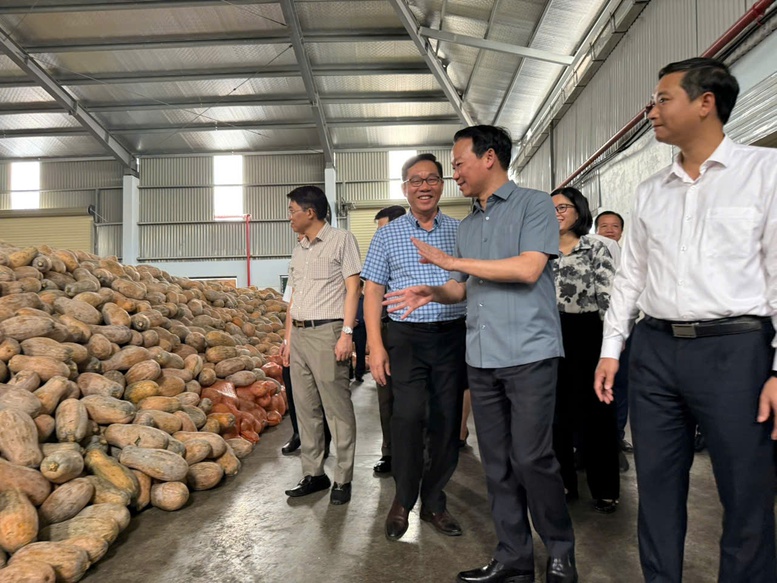
Minister of Agriculture and Environment Do Duc Duy (in gray shirt) visits an agricultural product processing facility for export in Bac Giang - Photo: VGP/Do Huong
At the regular press conference for May 2025 today (June 3), Deputy Minister of Agriculture and Environment Phung Duc Tien said that the export turnover of agricultural, forestry and fishery products (AFF) in May 2025 is estimated at 6.28 billion USD, an increase of 19.6% compared to May 2024. The total turnover in the first 5 months of the year reached 28.04 billion USD, an increase of 15.1% over the same period in 2024. The export structure includes: agricultural products reached 15.29 billion USD (up 16.3%), livestock products reached 217.2 million USD (up 11.7%), aquatic products reached 4.11 billion USD (up 15.1%), forestry products reached 7.48 billion USD (up 11.7%), production inputs reached 938.7 million USD (up 24.3%) and salt reached 4.6 million USD (up 2.4 times).
Asia was the largest market, accounting for 42% of the market share, followed by the Americas (23%) and Europe (16.1%). Africa and Oceania accounted for small proportions, 3.3% and 1.3% respectively. Compared to the same period, exports to Europe increased sharply by 46.8%, Africa increased by 94.1%, America increased by 17.2%, Asia increased by 1.8% and Oceania increased by 4.6%. The United States, China and Japan were the three largest markets, accounting for 20.5%, 17.3% and 7.3% of the market share, respectively. Exports to the United States increased by 14.1%, Japan increased by 25.9%, but decreased slightly by 0.2% to China.
Some key commodities have had remarkable fluctuations such as coffee, rubber, rice, etc.
Specifically, for coffee, the export volume in the first 5 months reached 835.9 thousand tons, worth 4.79 billion USD, up 0.9% in volume and 65.1% in value. The average price reached 5,726.2 USD/ton, up 63.7%. Germany, Italy and Spain were the three largest markets, with export value increasing by 97.6%, 33.8% and 51.4% respectively. Mexico increased the most (55.1 times), while Indonesia decreased by 32.8%.
Rubber export volume reached 532.5 thousand tons, worth 1.02 billion USD, down 7.2% in volume but up 18.2% in value. Average price reached 1,911.9 USD/ton, up 27.3%. China accounted for 70.6% of the market share, with value increasing by 30.8%, while India decreased by 32.4%. Malaysia increased sharply by 4.8 times, while Sri Lanka decreased by 36.8%.
Rice export volume reached 4.5 million tons, worth 2.34 billion USD, up 12.2% in volume but down 8.9% in value due to an 18.7% decrease in average price, to 516.4 USD/ton. The Philippines accounted for 41.4% of the market share, but the value decreased by 21.8%. Ivory Coast and China increased by 2.7 times and 83.7 times, respectively. Bangladesh increased sharply by 515.6 times, while Indonesia decreased by 97.9%.
Fruit and vegetable exports reached US$2.24 billion, down 16%, mainly due to a 32.8% decline in China (which accounts for 46.1% of the market share). The US increased by 66%, but South Korea decreased by 5.2%. Hong Kong doubled, a rare bright spot.
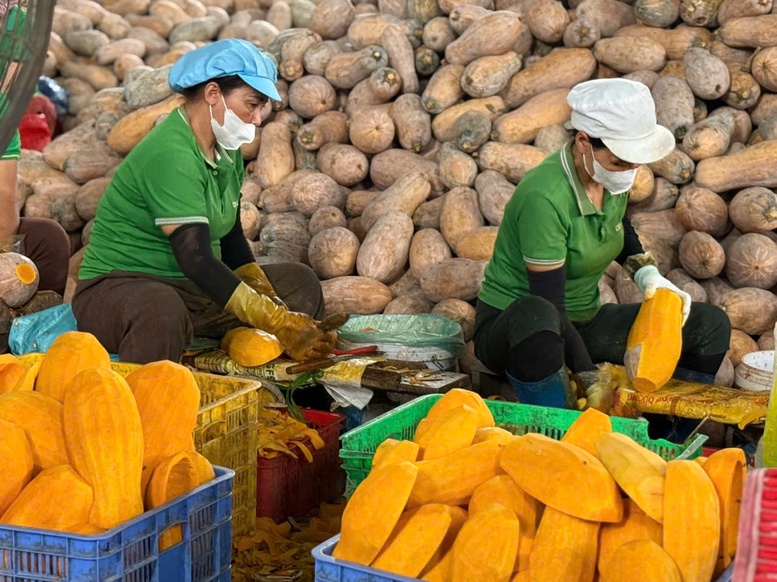
While many agricultural, forestry and fishery products increased, fruit and vegetable products decreased by 16% in the first 5 months of the year - Photo: VGP/Do Huong
Cashew nut export volume reached 265.6 thousand tons, worth 1.8 billion USD, down 9.1% in volume but up 14.2% in value, thanks to an average price increase of 25.7%, reaching 6,789.1 USD/ton. The United States, China and the Netherlands were the three major markets, with the value in China and the Netherlands increasing by 29.1% and 32.9% respectively.
Seafood export value reached 4.11 billion USD, up 15.1%. China, the United States and Japan accounted for 20%, 16.6% and 15.3% of the market share, respectively, with value increasing by 61.5%, 14.5% and 11.5%. Brazil increased sharply by 64.9%, while Hong Kong decreased slightly by 0.3%.
Wood and wood products exports were valued at US$6.99 billion, up 11.5%. The United States accounted for 54.4% of the market share, up 10.3%. Japan increased by 26.6%, but China decreased by 15.4%. Spain increased by 64%, while the Netherlands decreased by 24.6%.
To maintain growth momentum, the agricultural sector has set key tasks: Continue to address market issues, facilitate exports to China, the United States, Japan and the EU; and expand potential markets such as Halal Islam, the Middle East and Africa. Take advantage of free trade agreements (FTAs) such as CPTPP and EVFTA, support businesses in signing new orders.
In addition, it is necessary to monitor prices and essential food supplies, coordinate with localities to promote processing and consumption of agricultural products, especially seasonal items such as lychee, longan, durian and OCOP products. Strengthen consumption connections through the trade counselor system, domestic retail distribution chains and e-commerce platforms (Postmart, Shopee, Tiki, Lazada, TikTok, Zalo) to ensure stable output.
Do Huong
Source: https://baochinhphu.vn/xuat-khau-nhieu-san-pham-nong-san-chu-luc-tang-gia-tri-102250603130902014.htm
























































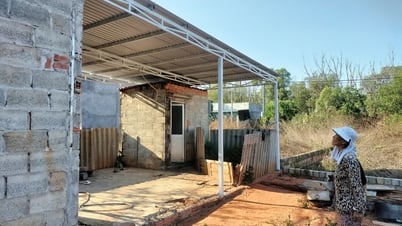


















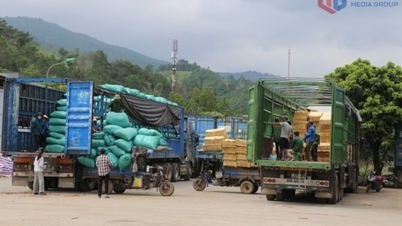

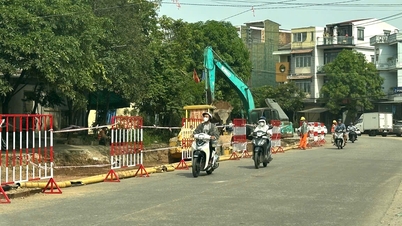




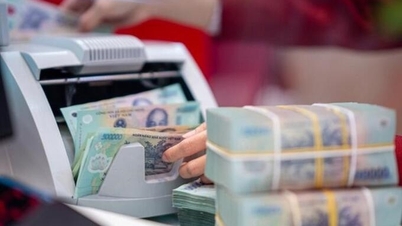












Comment (0)